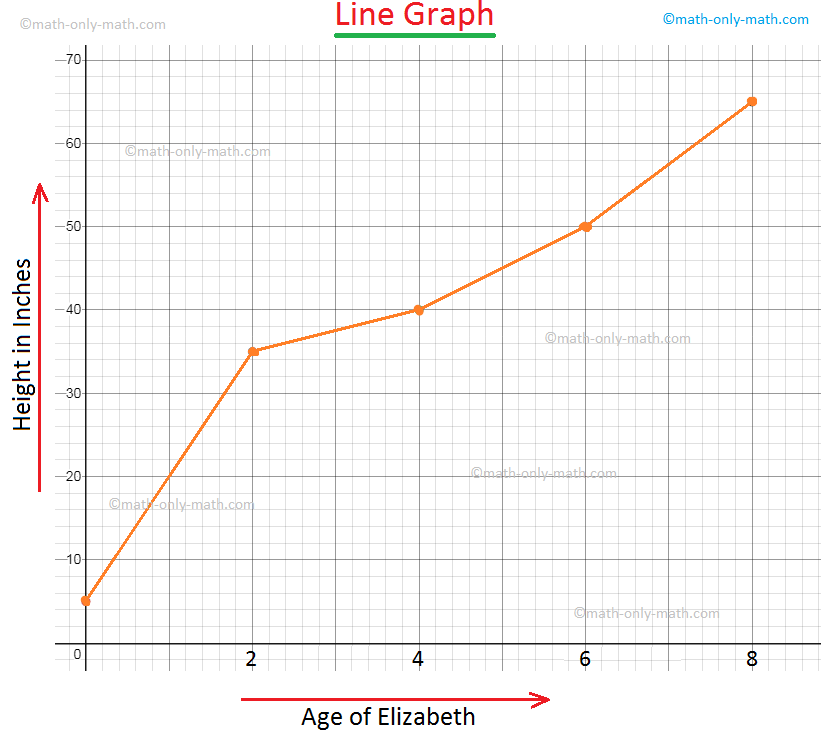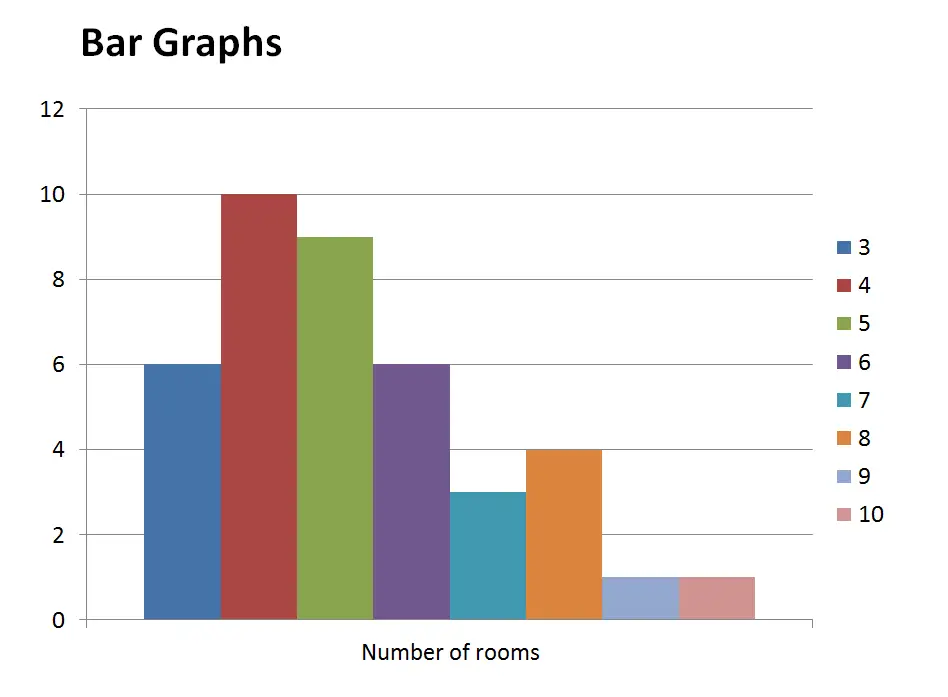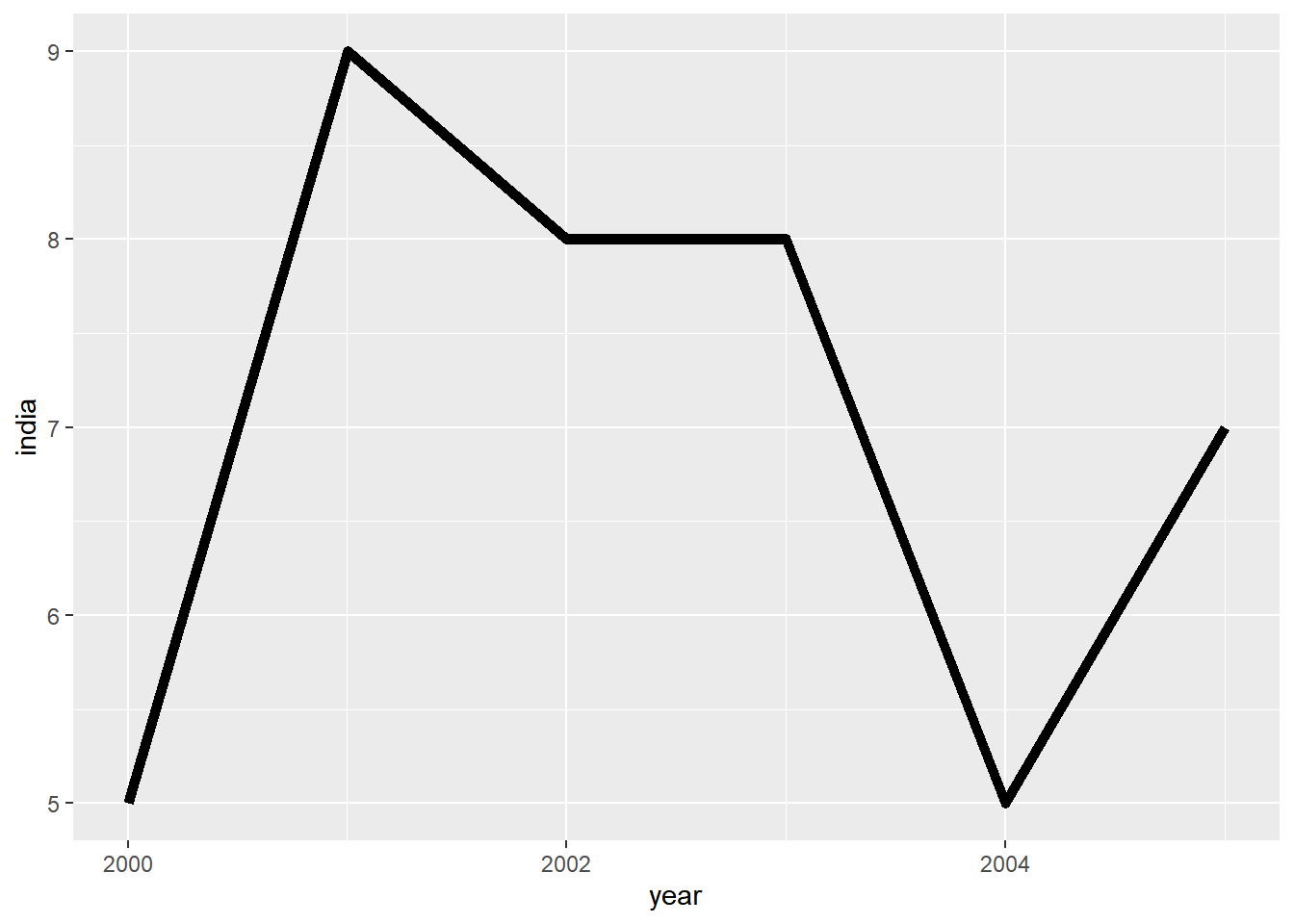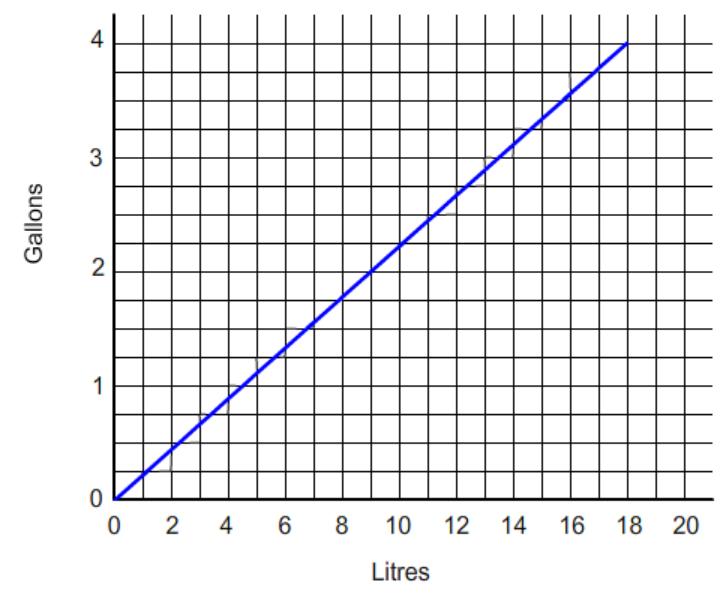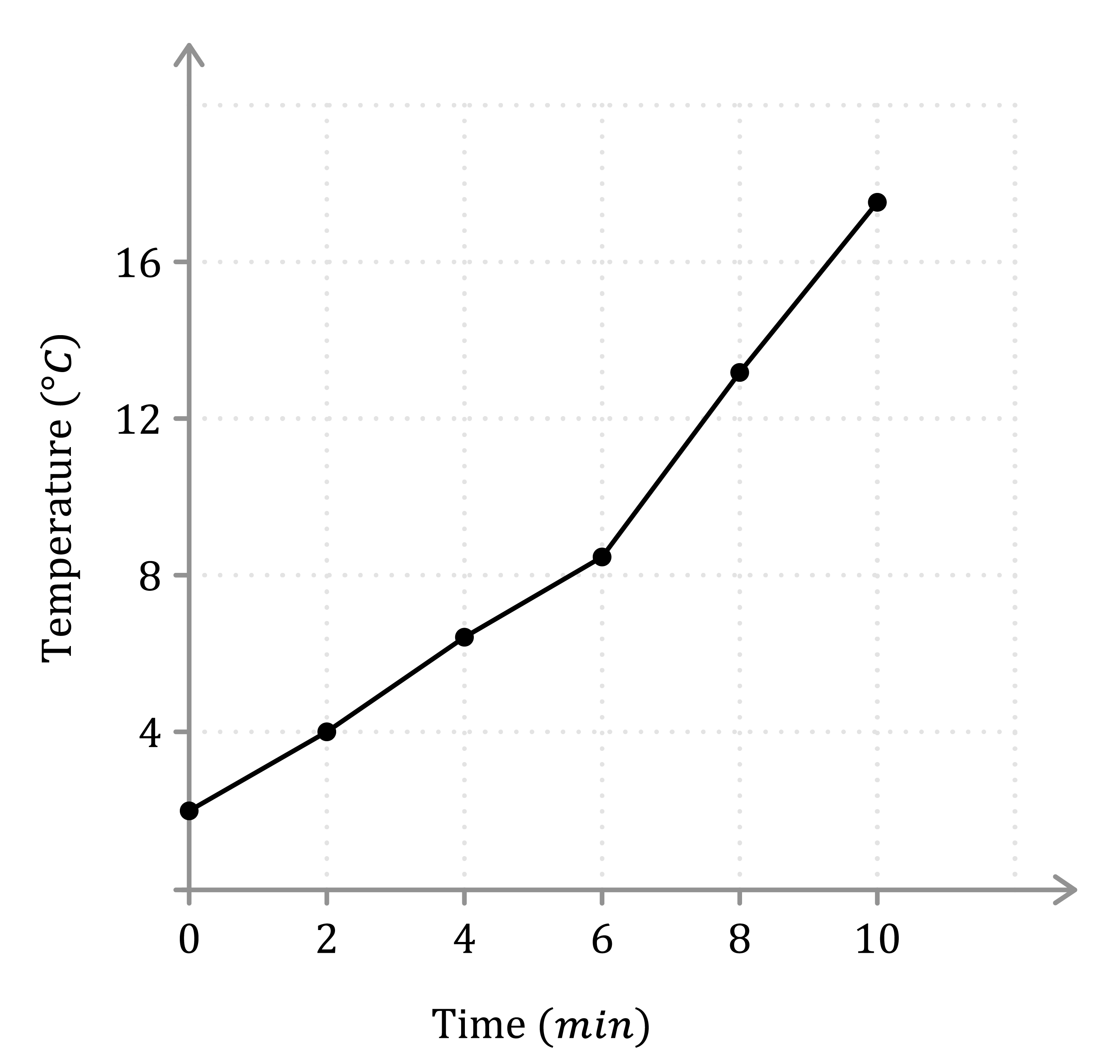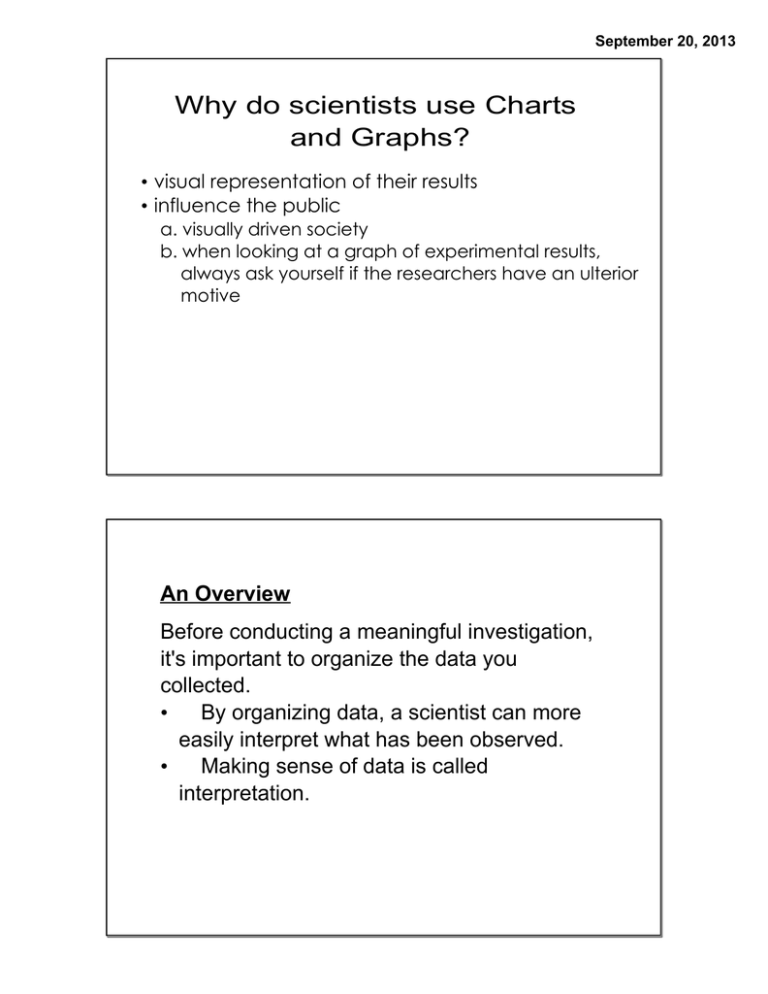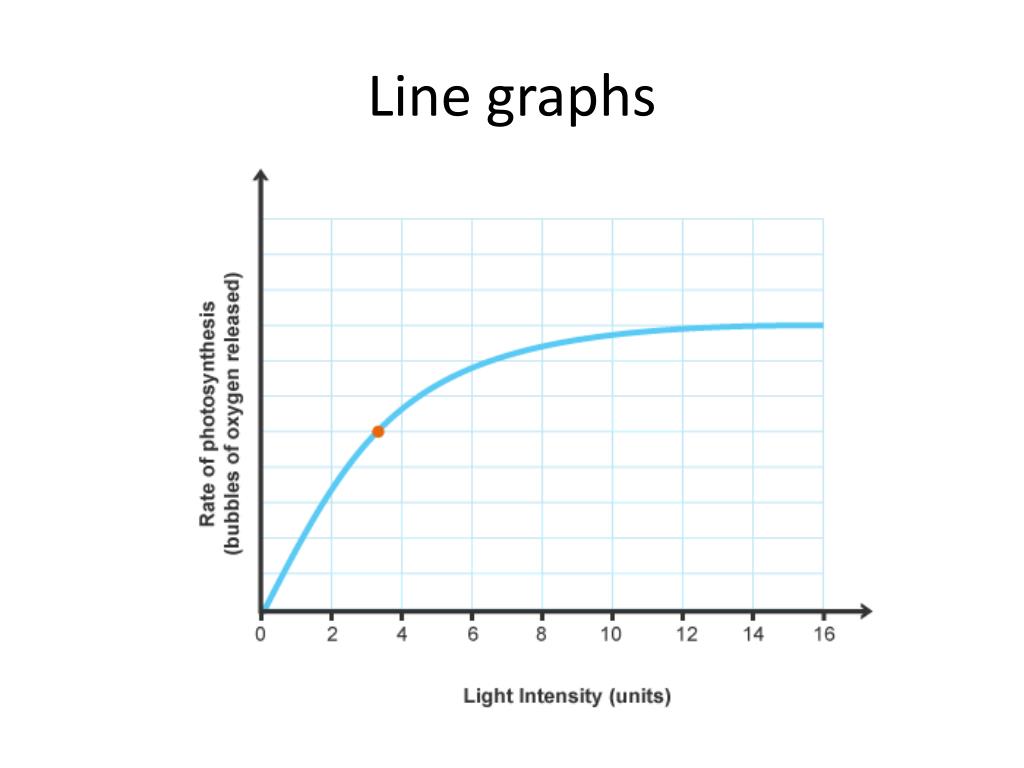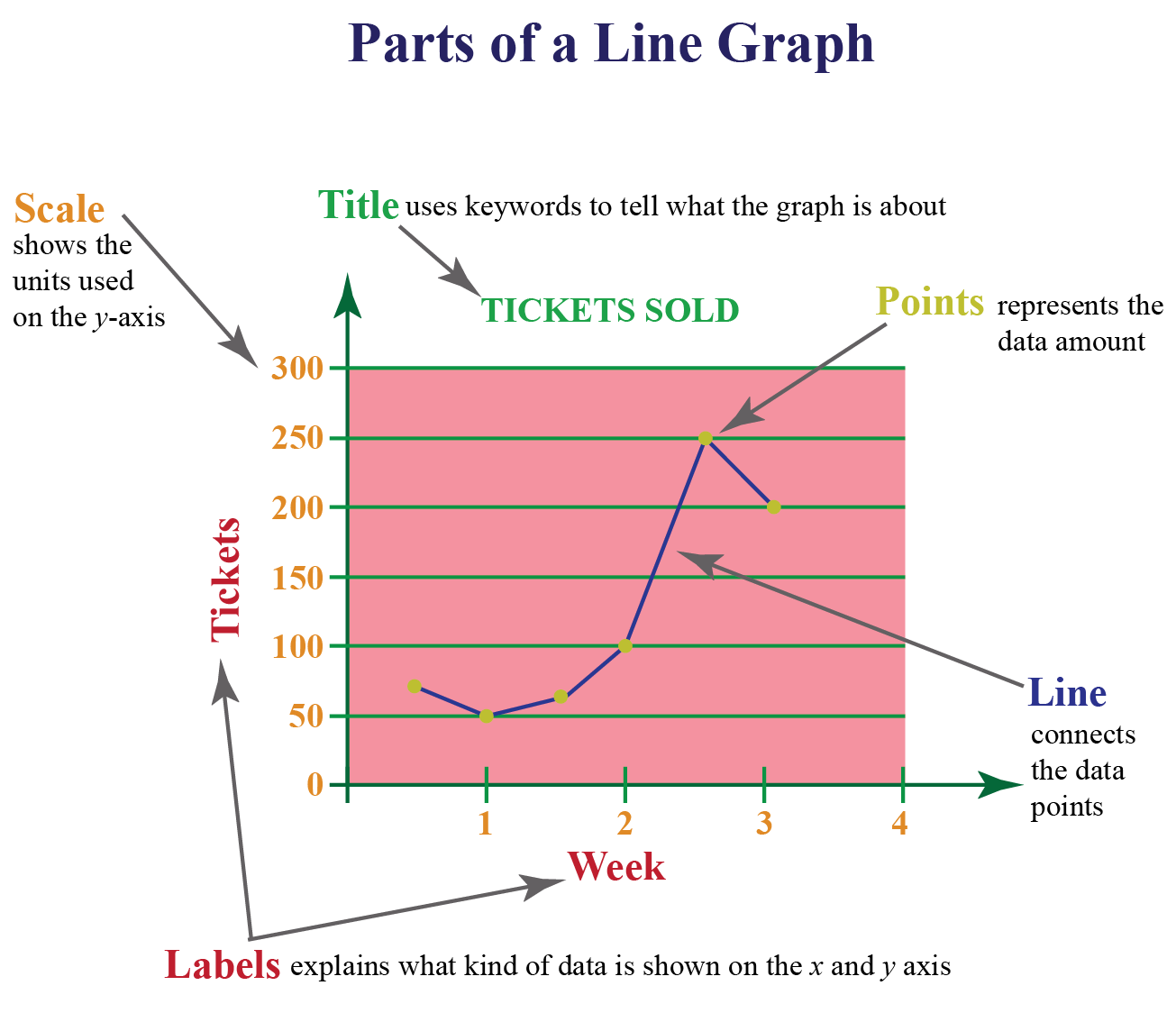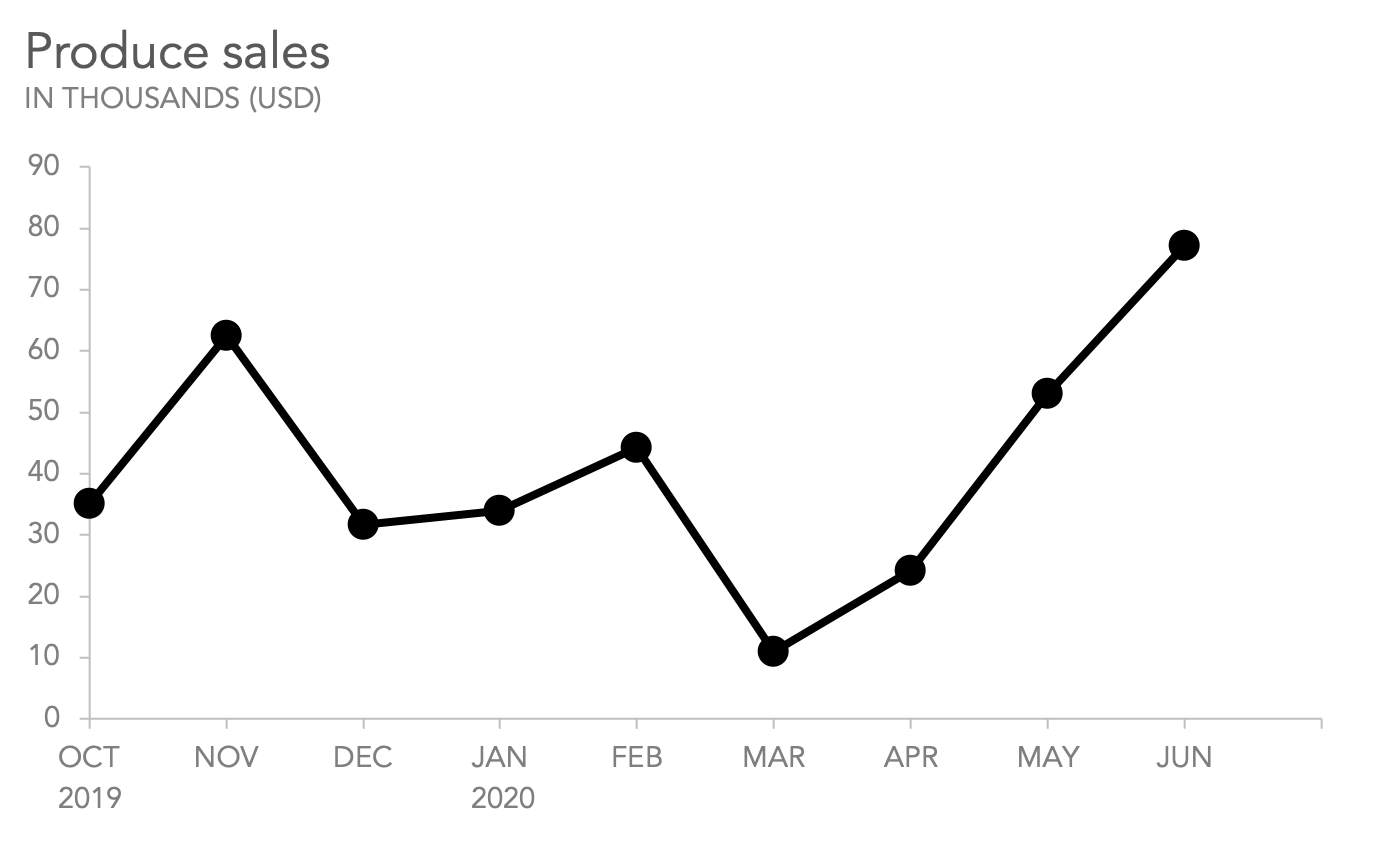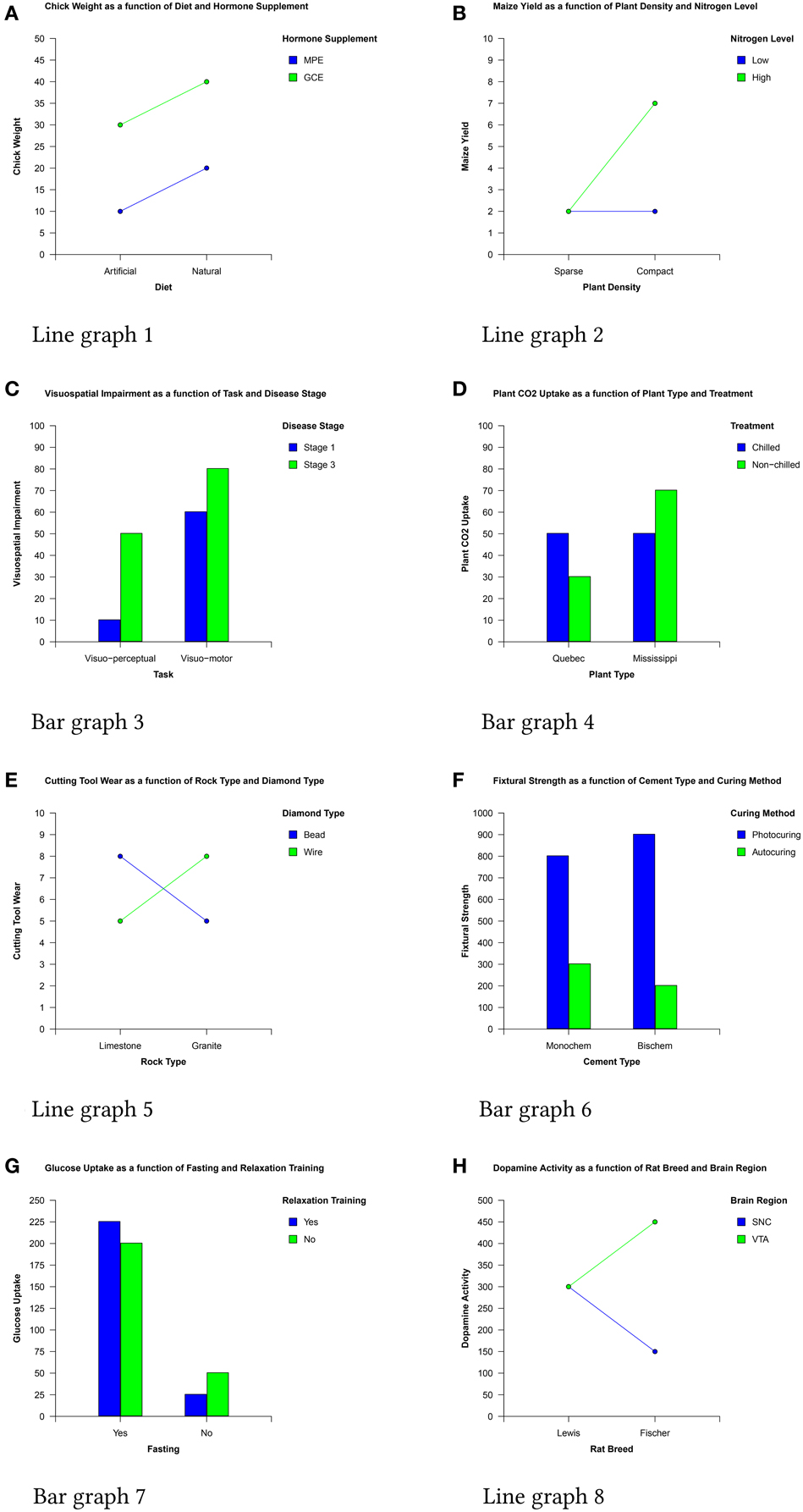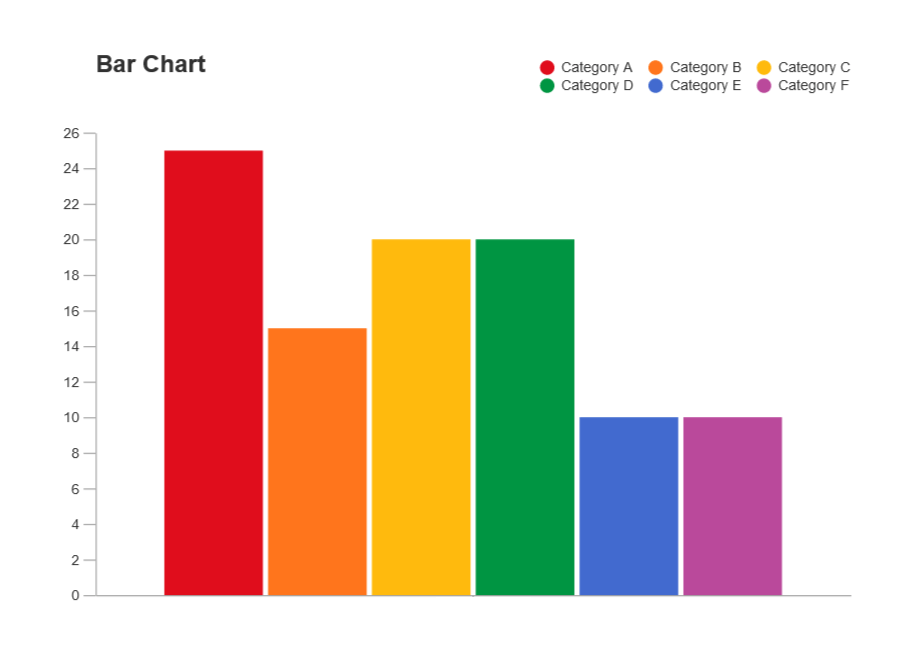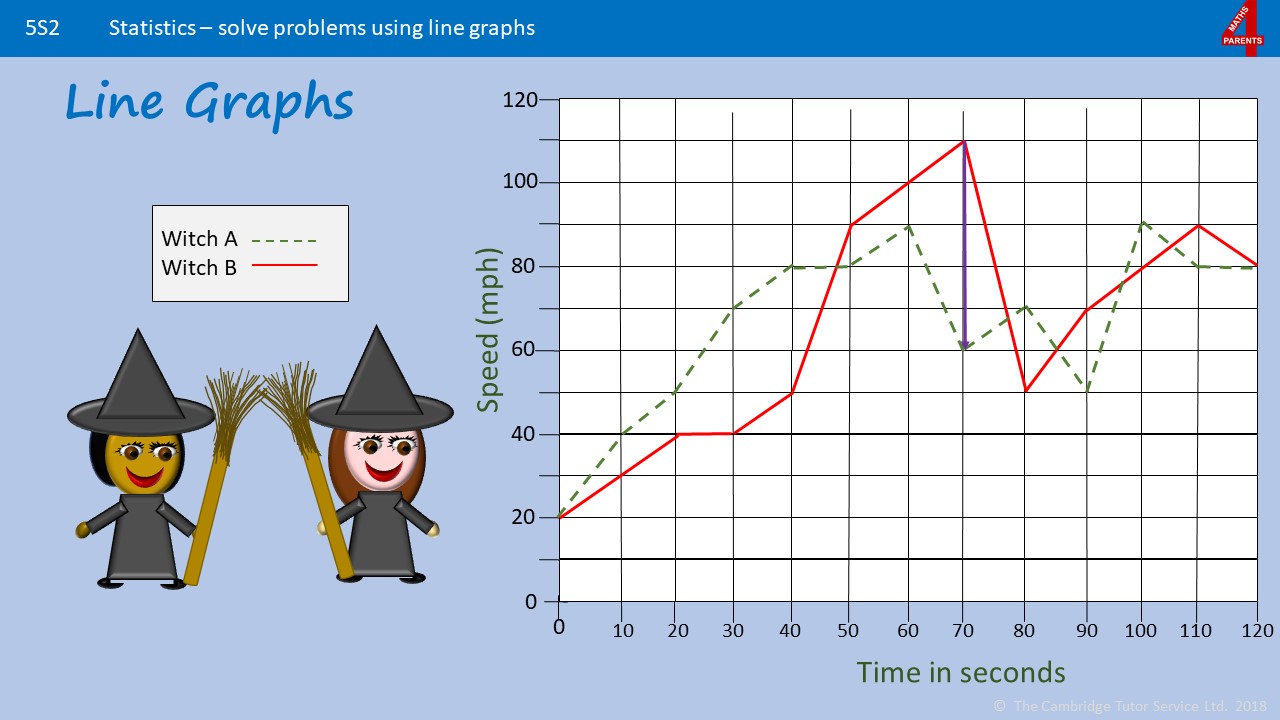Great Info About Why Do Scientists Use Line Graphs Rather Than Bar Insert Horizontal In Excel

First, many different data distributions can lead to the same bar or line.
Why do scientists use line graphs rather than bar graphs. Line graphs are used to track changes over short and long periods of time. Often, as in this case, the gradient of the line which interpolates between actual data. The most common ways of presenting data in science are line graphs, close line graph a way of presenting results when there are two variables that are numbers, at least one.
Bar and line graphs of continuous data are “visual tables” that typically show the mean and standard error (se) or standard deviation (sd). Graphs are a useful way to show numerical data. Interaction graphs (in both bar and line form) are widely used in the analysis and interpretation of data from factorial design experiments, a complex skill that.
Across a variety of trends, subjects consistently made lower predictions about future sales when the same data were portrayed with a bar chart rather than a line. Bar graphs are far rarer in science than line graphs, and you can see why. This site is a good.
When doing an experiment, researchers usually record the detailed data results in a table rather than a line graph. It is a continuous line that connects individual data points in a curve. By thomas o'connell.
If only the dependent variable is numeric, use bar graphs; Bar and line graphs of continuous data are “visual tables” that typically show the mean and standard error (se) or standard deviation (sd). There are a variety of graphs that can help highlight patterns.
Their experiments showed that people are best at reading charts based on the lengths of bars or lines, such as in a standard bar chart. This is problematic for three reasons. This is not a bad thing as the.
If the variable we want to show on the horizontal axis is not numeric or ordered, but instead categorical, then we need to use a bar chart instead of a line. In contrast, a line graph represents data that changes over time. When smaller changes exist, line graphs are better to use than bar graphs.
These visualizations are the best choice. If the independent and dependent variables are numeric, use line diagrams or scattergrams; In line graphs, this variable is often time.
A bar chart is used when you want to show a distribution of data points or perform a comparison of metric values across different subgroups of your data. The bar graph is one of the most widely used forms of data visualization in science. Line graphs are generally better for showing changes in data over time, whilst bar charts tend to be better for comparisons of volumes at a fixed point.
Line graphs have two axes: As you can see, a table is not intuitive enough to show the trend.
